AZ 1/72 D4Y3 Suisei
The origins of the D4Y can be traced back to 1938, when the Imperial Japanese Navy Aviation Bureau (Kaigun Kōkū Hombu) issued requirements for a carrier-based dive bomber to replace the Aichi D3A. The emerging aircraft would be a single-engine, all-metal, low-wing monoplane, with a wide-track retractable undercarriage and wing-mounted dive brakes.
The Suisei had a crew of two, a pilot and a navigator/radio operator/gunner, seated under a long, glazed canopy which provided good all-round visibility. Power was provided by the Aichi Atsuta liquid-cooled inverted V12 engine, a licensed copy of the Daimler-Benz DB 601, rated at 895 kW (1,200 hp), with the radiator housed behind and below the three-blade propeller.
The aircraft had a slim fuselage that enabled it to reach high speeds in both horizontal flight and in dives whereas, despite its high wing loading, it exhibited great maneuverability, having superior flight characteristics to contemporary dive bombers such as the Curtiss SB2C Helldiver.
Armament consisted of two machine guns in the nose and one in the rear of the cockpit. Bombs were fitted under the wings and in an internal fuselage bomb bay. Usually one 500 kg (1,100 lb) bomb was carried, but there were reports that the D4Y sometimes carried two 250 kg (550 lb) bombs.
The first (of five) prototypes made its maiden flight in December 1940, with the type entering service roughly a year later. Upon the first flights of the prototype, serious problems with flutter were encountered, forcing the IJN not using the type as a dive bomber (as flutter would be catastrophic there), but as a reconnaissance plane, where its long range and high speed were favorable and the missions themselves were not imposing serious stresses to the airframe.
Flutter problems were solved by mid-1943, at about the time where the increasing losses of the D3A dictated the D4Y's operational entry as a dive bomber. At about the same period, (and justifying the initial design critiques of the inline engine), the unreliability of the Atsuta power plant led to the fitting of the proven Mitsubishi MK8P Kinsei 62, 14-cylinder two-row radial. The new engine offered improved ceiling and rate of climb, but its higher fuel consumption resulted in reduced range and cruising speed. Also, its width obstructed the forward and downward view of the pilot, hampering carrier operations.
Lacking armor and self-sealing fuel tanks, the Suiseis did not fare well against Allied fighters. They did, however, cause considerable damage to ships, including the carrier USS Franklin which was nearly sunk by an assumed single D4Y and the light carrier USS Princeton which was sunk by a single D4Y.
An interesting version was the D4Y4 Special Strike Bomber, a single-seat kamikaze aircraft, capable of carrying one 800 kg (1,800 lb) bomb partially fitted in the bomb bay. Equipped with three rocket boosters for terminal dive acceleration, this aircraft was an almost ideal kamikaze model, exhibiting a combination of speed (350 mph), range (1,550 mi) and payload, probably not matched by any other Japanese aircraft.
The Judy seems to be a classic example of an otherwise well designed and evolved plane that was hampered by some not well aimed requirements, in this case the choice of absolute endurance over armor plating and fuel tanks self sealing, the lack of which severely compromised its resilience against enemy fire, preventing it to show its full potential. Ultimately, 2,038 of all variants were produced.
This is the initial release radial engined (D4Y3) version of the very nice AZ 1/72 Judy family, which started hitting the shelves in 2012 and with all versions regularly reboxed ever since. By all means very good kits, offering plenty of detail, requiring their usual extra attention during construction due to their high-end limited-run nature.
https://modelingmadness.com/review/axis/j/jnaf/attack/pend4y.htm
Happy Modelling!



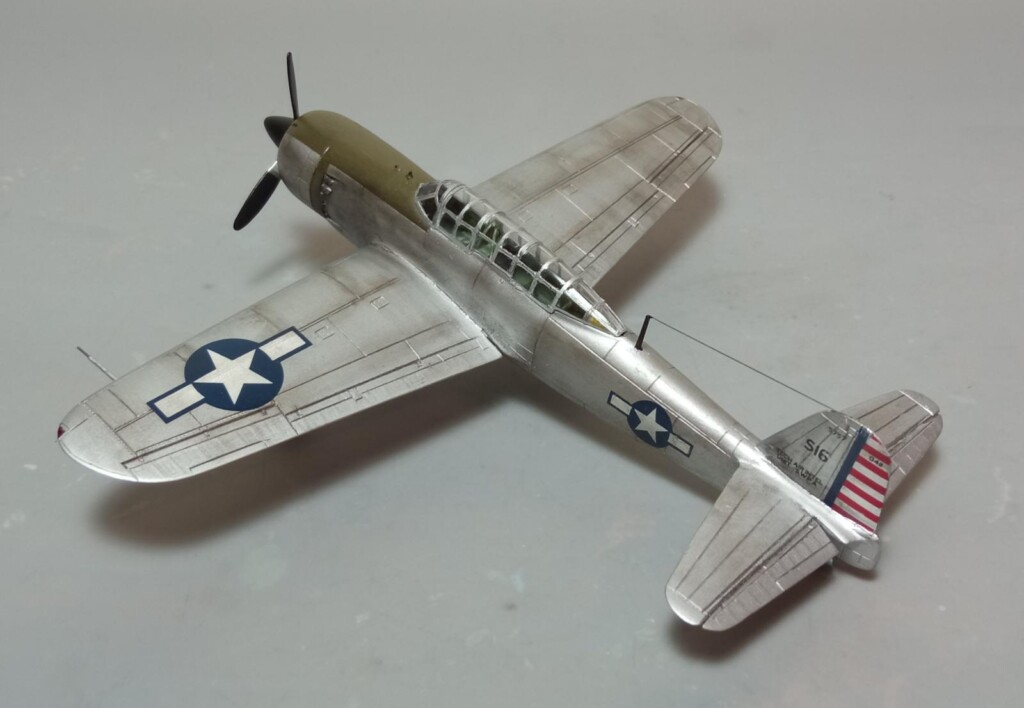

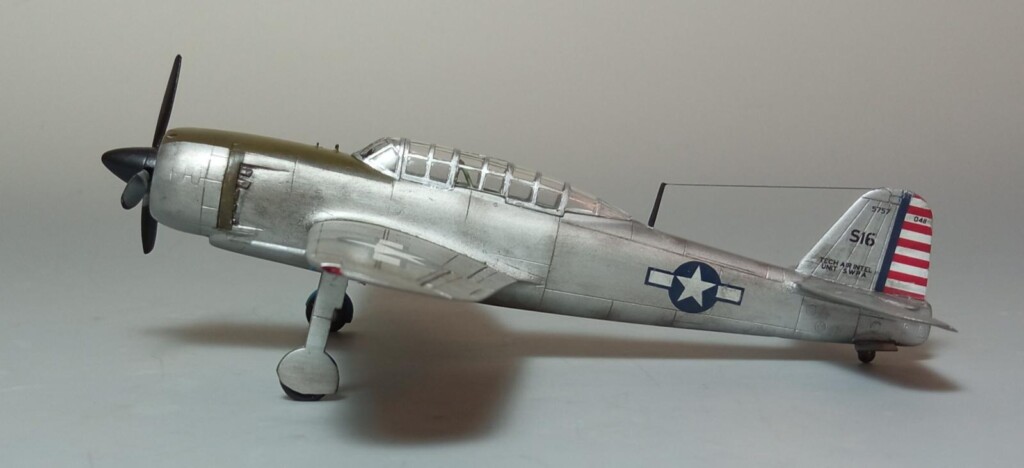
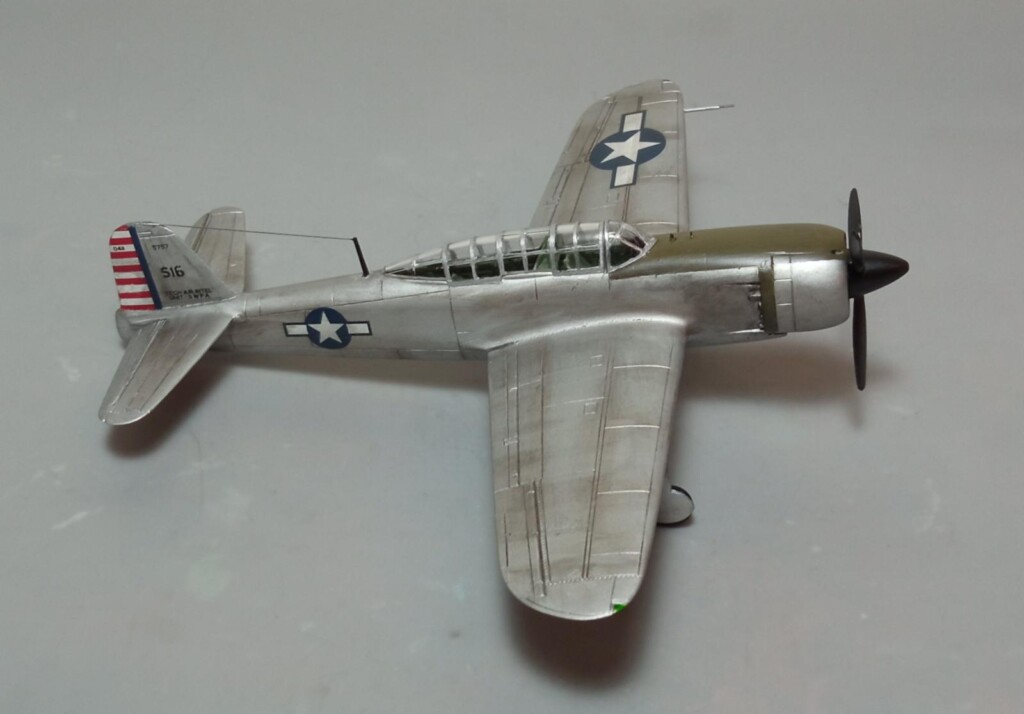




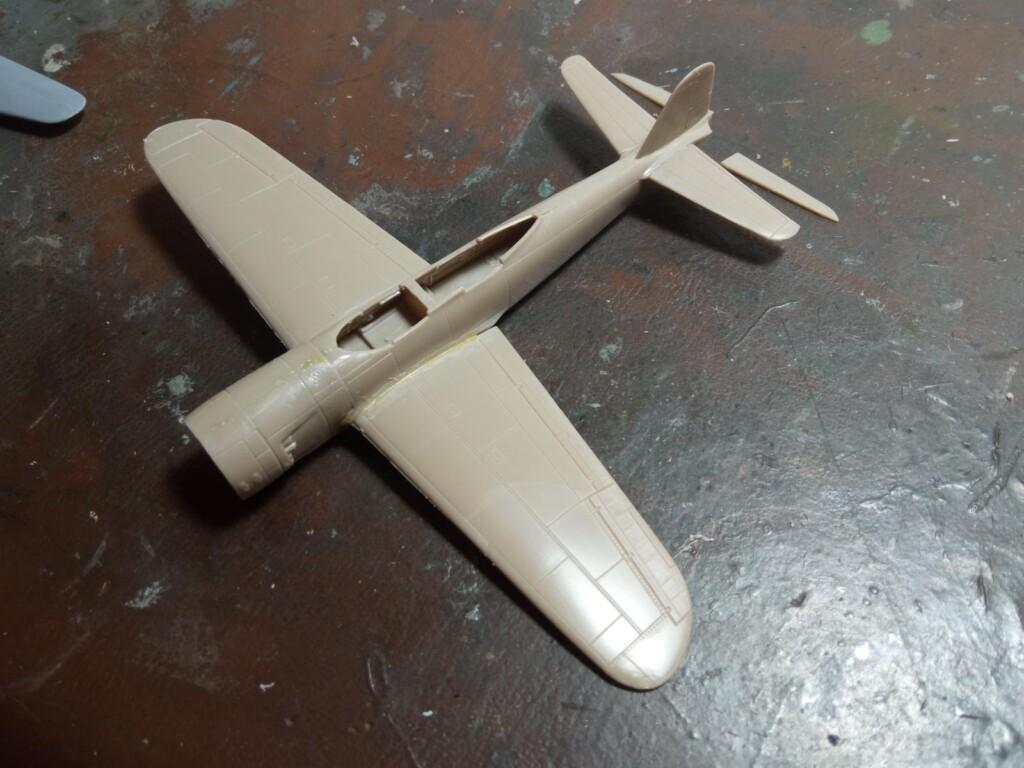
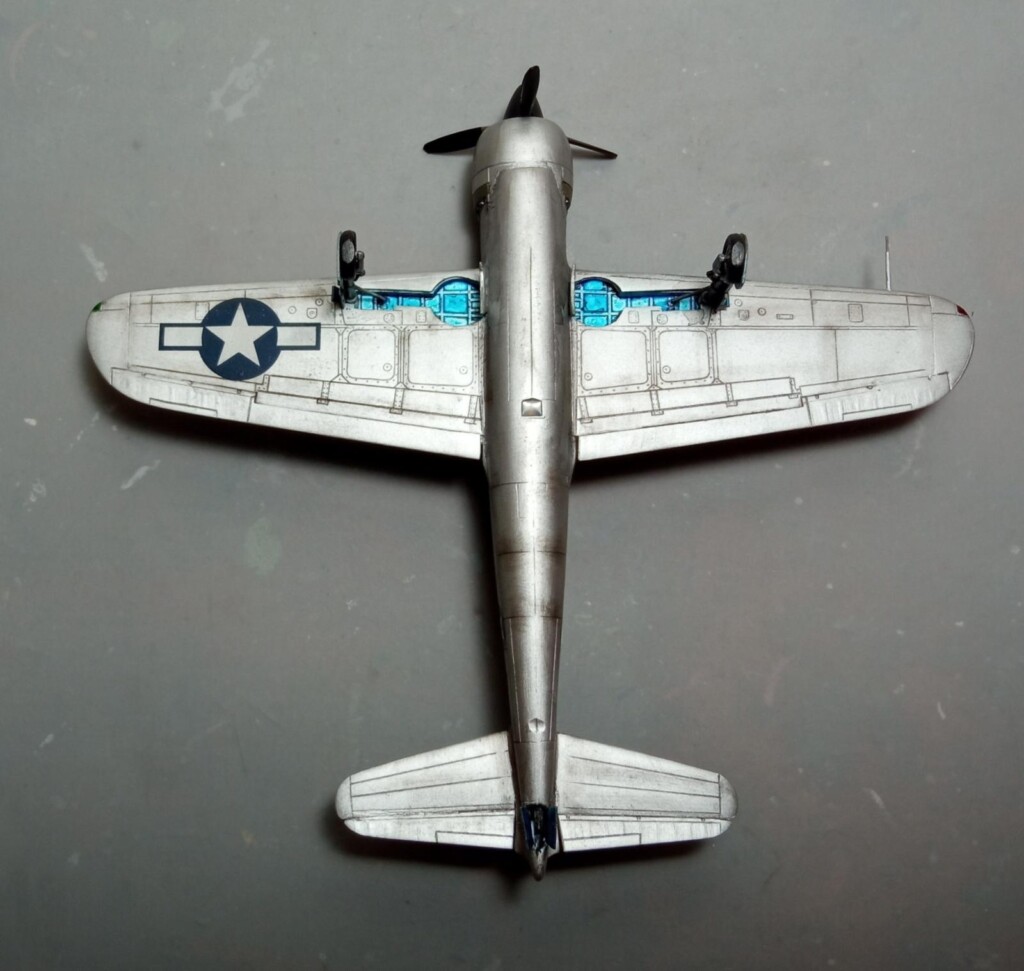



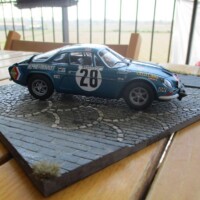

Cool model, Spiros. Anything to do with the kamikaze war interests me.
Thanks my friend @j-healy!
Great job, Spiros. Looks bigger than 1/72. Like the US markings and NMF...well done!
Thanks my friend @gwskat!
Very nice work, Spiros! The blue metallic shade in the wheel wells really pops. Well done.
Thanks my friend @bapowellphys!
Gary S took the works out of my mouth, on all accounts. In particular, I really like that NMF!
Thanks my friend @pb_legend!
Very nice model Spiros. Metallic surface is unforgiving, but you nailed it. And history of a plane is always interesting to know.
Thanks my friend @jp!
Very nice - looks good in NMF and captured markings.
Thanks my friend @chasbunch!
Great! It was pleasure to follow thread!
Thanks for your wonderful gift and for liking, my friend @lis!
Absolutely a perfect result, Spiros @fiveten
The chosen scheme of a captured aircraft does give it something special.
Metal paintwork is very nicely done.
Thanks so much my friend @johnb!
Great looking weatherized NMF, Spiros @fiveten. A Japanese plane I am not familiar with. The fuselage has a bit of a P47D look, at least to my eyes. Well done!
Thanks my friend @eb801! Indeed, it has some Jug looks!
Well done, Spiros! Your build and the well written article show great attention to detail.
Thanks my friend @jdtruby!
A very nice model and an interestingly different colour scheme. The history was very interesting as well highlighting the standard issue with Japanese aircraft (lack of self-sealing tanks and armour).
Thanks so much, my friend @christopher!
Another very good post from you, Spiros, and a generous gift from your friend @lis.
Thanks my friend @chinesegeorge!
Looks great Spiros! Great narrative as well. Many contemporaries probably did better than the Helldiver.
Thanks my friend @roofrat! Amazing how many interesting facts I learn through modeling.
I know, nothing to do with it, but at first sight it reminded me of a P-47. Great looking model, interesting markings.
Can you elaborate about why the wheel bays are metallic blue? What metal were they made of?
Thanks my friend @marcellorosa1! Indeed, the radial engined Suisei reminds of the Jug. For the bays, I just followed instructions and went for "aotake" (no accuracy claims and, moreover, my home brewed aotake mix finally came closer to metallic blue than hoped, oh well ). Normally, the bays should have been made of aluminum. Again, following instructions, I painted the gear legs gray.
). Normally, the bays should have been made of aluminum. Again, following instructions, I painted the gear legs gray.
Since this was a captured and somewhat refurbished machine (and assuming the bays' original color was, indeed aotake), I would not be surprised if the bays were painted another shade (like, say, silver) after refurbishing.
Very nice nmf paintjob, Spiros @fiveten! Also, the canopy is really beautifully done!
Thanks my friend @fxrob!
Very nice! Looks a tad awkward to be in US markings...
Thanks my friend @gkittinger! Indeed, looks awkward.